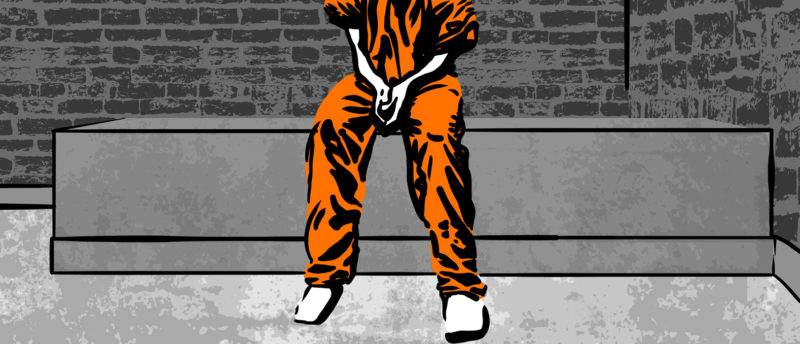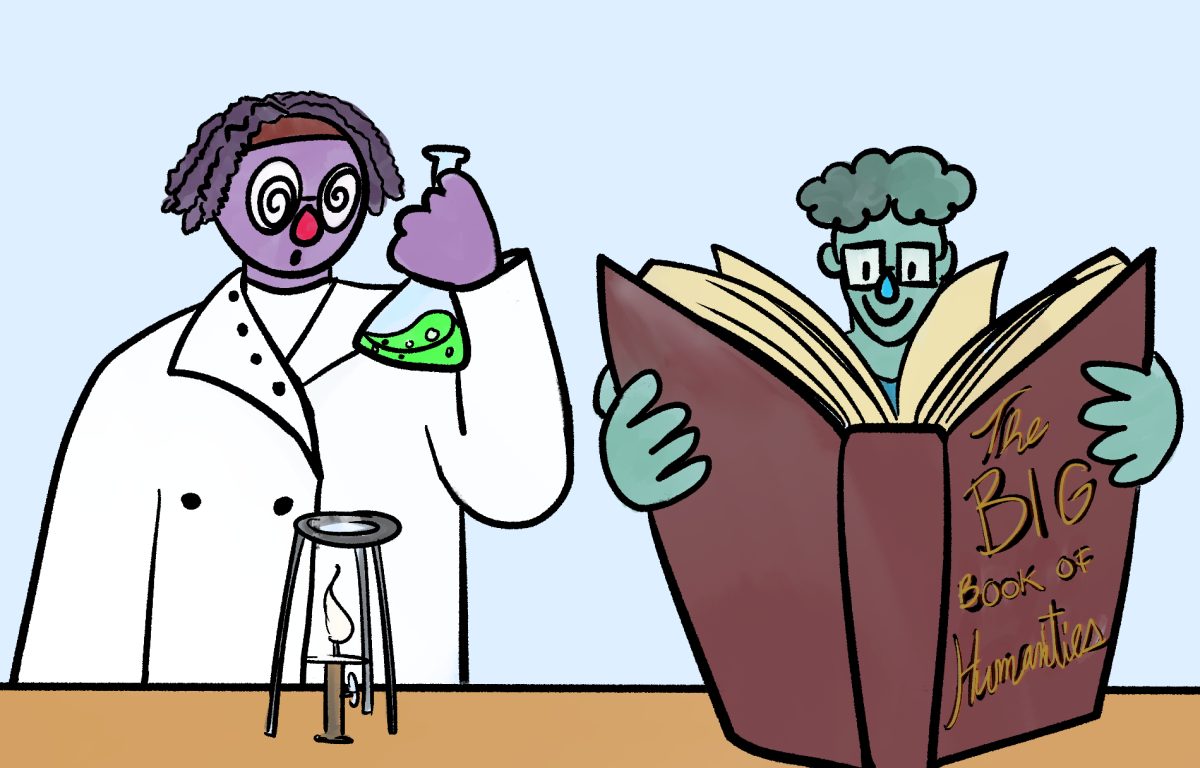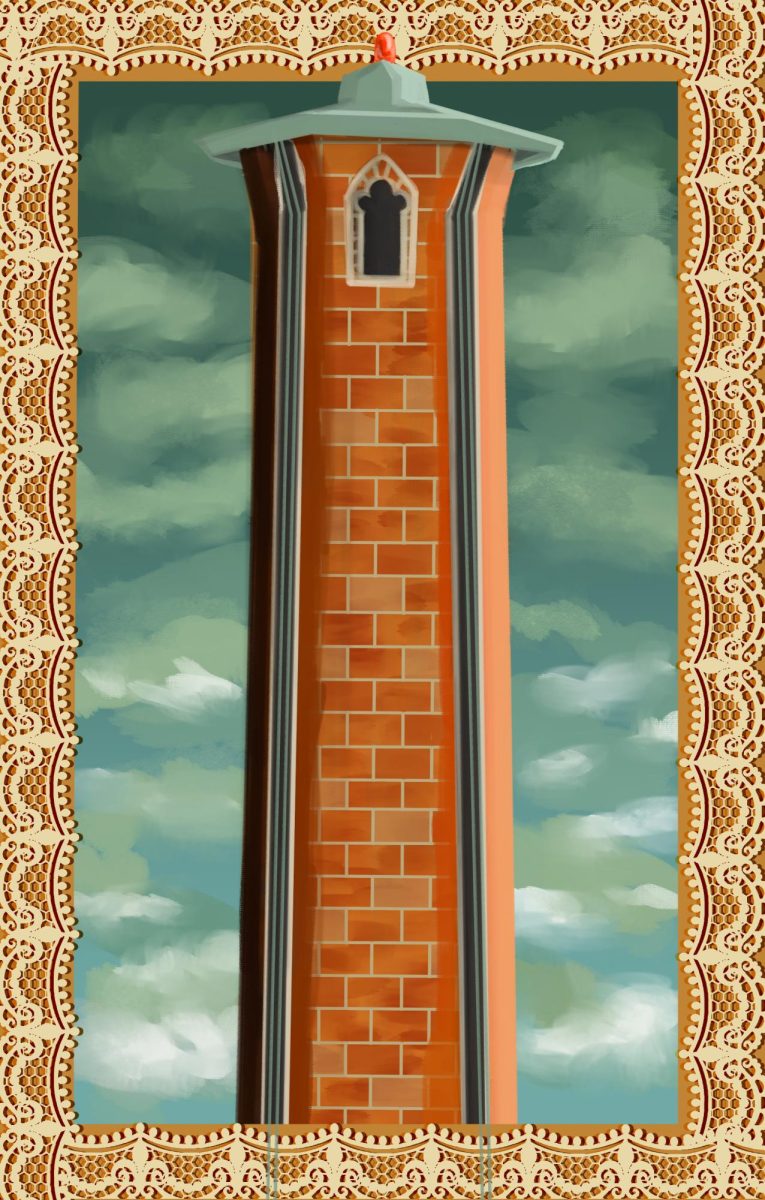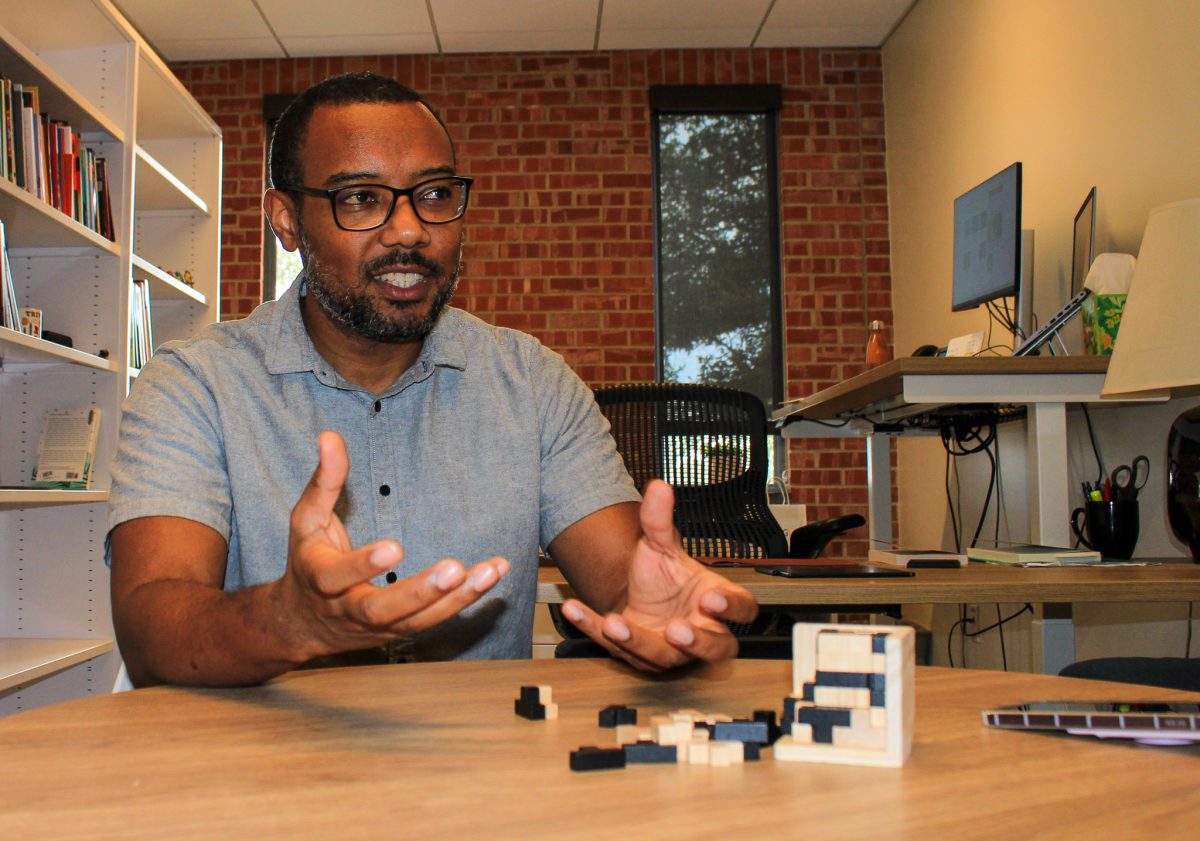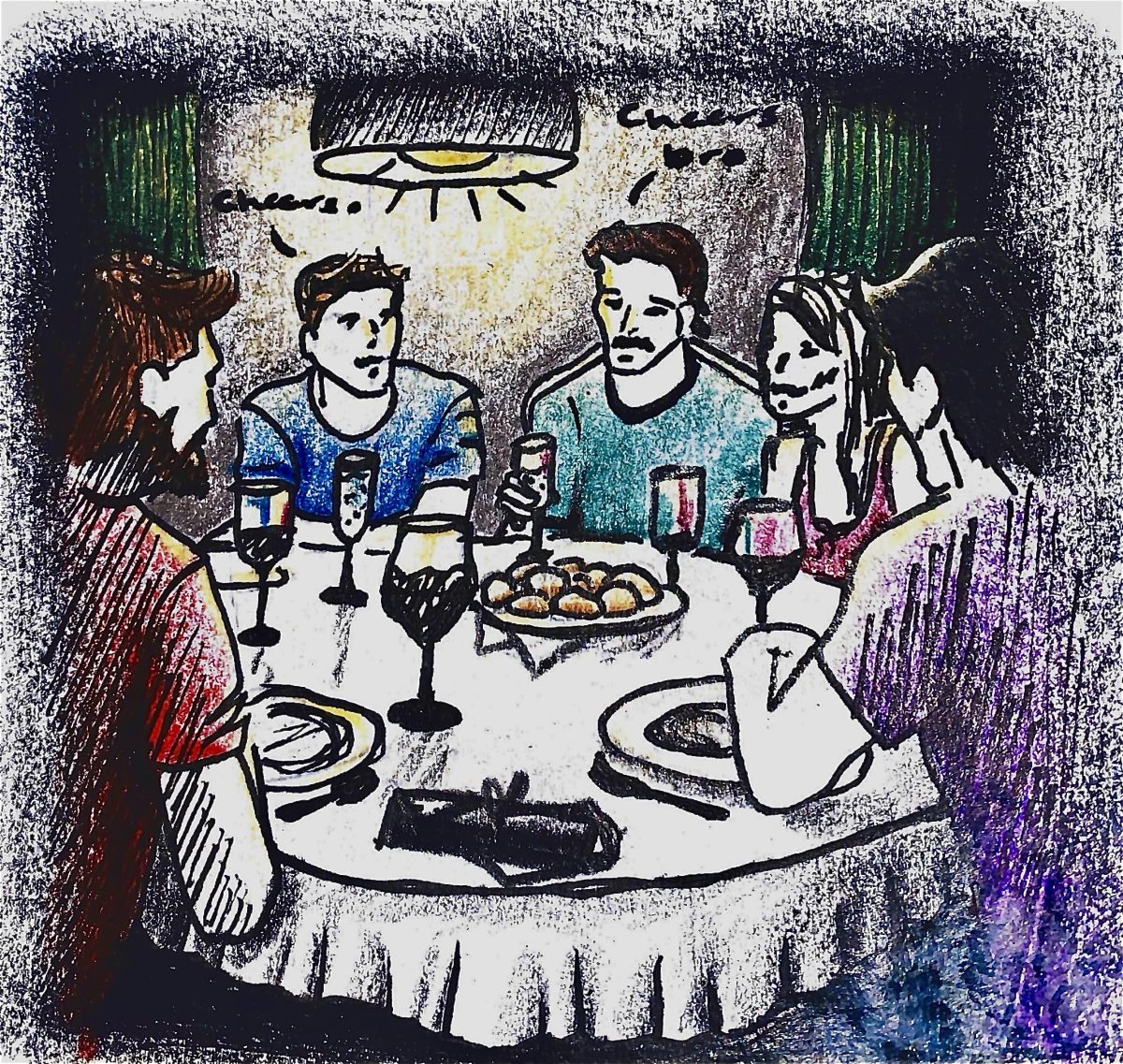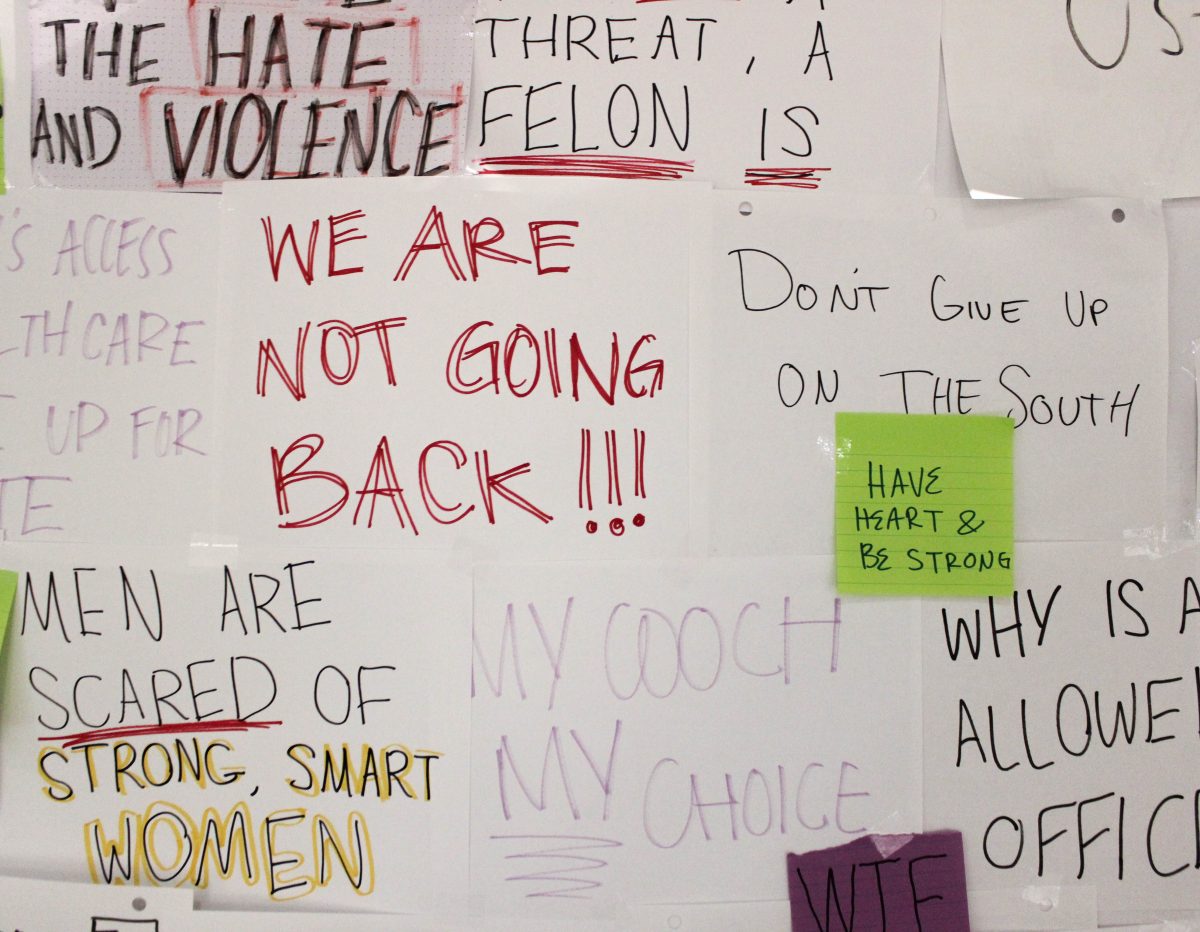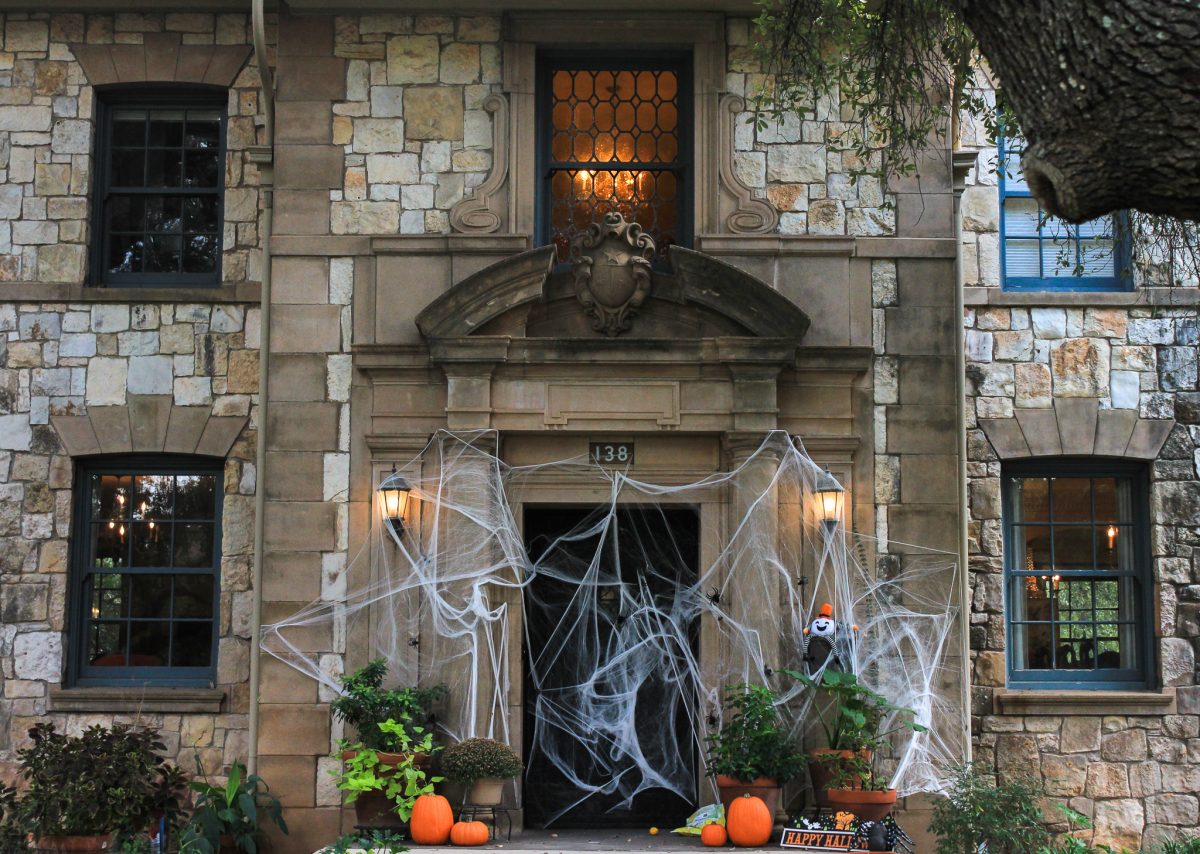Approximately 47 students from the First Year Experience: A Successful Life visited Bexar County Juvenile Detention Center on Thursday, Oct. 5.
The first-years’ trip to the center is one of the Common Learning Experiences, which are programs where students are taken to a place within the San Antonio community to enhance their learning of the material being taught. The class is segmented into three parts: what Americans see as successful and what makes them that way, barriers to that success and then finally international success. This trip falls under the barriers to success segment.
“Students begin the day with an introduction to the intake process “” how somebody might end up there and what happens when they do,” said Jennifer Rowe, director of the Writing Center and one of the course’s professors. “You learn a little about how the parents get involved, so it’s a lot of listening and watching for the students. Then we’re kind of taken through the building in a way that mimics the kids’ days.”
A large part of the juvenile system is that it focuses on rehabilitation versus punishment. The children there, in a lot of ways, are like normal children in that they have to attend school and have a structured day. When they misbehave, they are sat down and explained to why they are being punished.
“The classroom looked exactly like my classroom in middle school: dry-erase boards marked with grammar rules, tables, chairs and cinder-block walls filled with motivational posters,” said Johnneisha White, first-year computer science major and entrepreneurship minor. “The officers did not treat the children like criminals. Sure, the officers carried guns, keys, badges, etc, but they treat the children like children.”
However, in other ways, the students’ lives are extremely different. While they go to school and learn like normal children, they are also restricted to certain rooms and guards watch them constantly.
“In the center, I was quite nervous at first,” White said. “I knew that the workers there were nurturing, but the environment made me feel trapped. Every door was locked. For a while, I felt only a minuscule part of what the juveniles felt isolation and confinement. The children at the detention center aren’t allowed to use technology or come and go as they please. When I stepped out, I felt relieved.”
The students were asked to examine the children’s barriers to success and how their lives have been so adversely affected that they have committed crimes.

